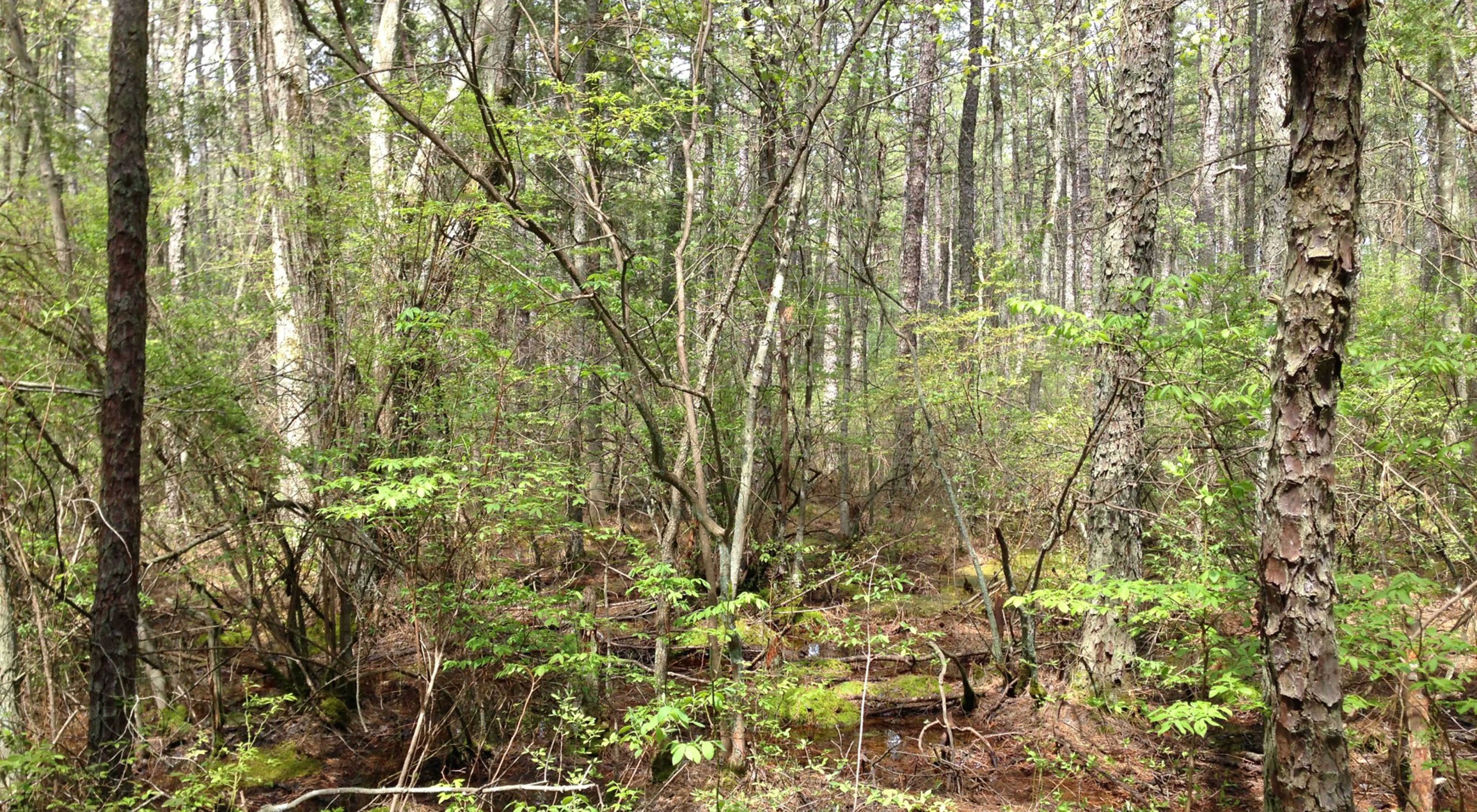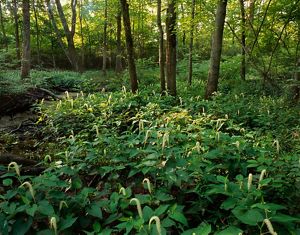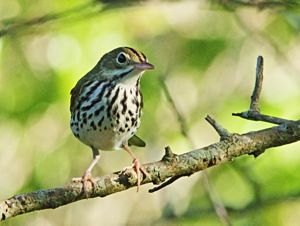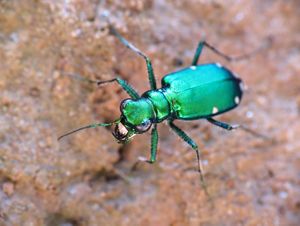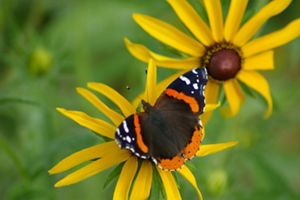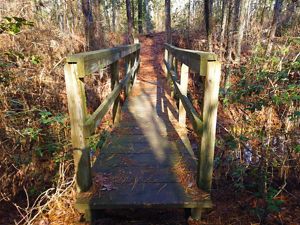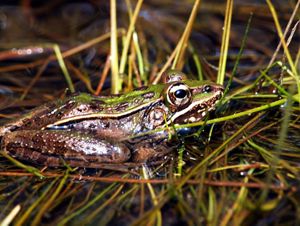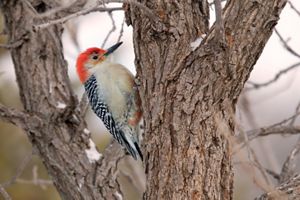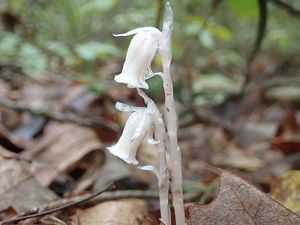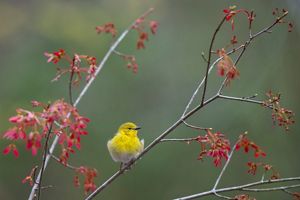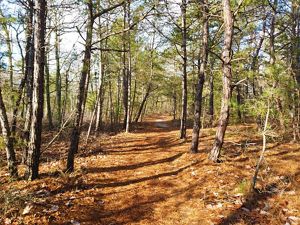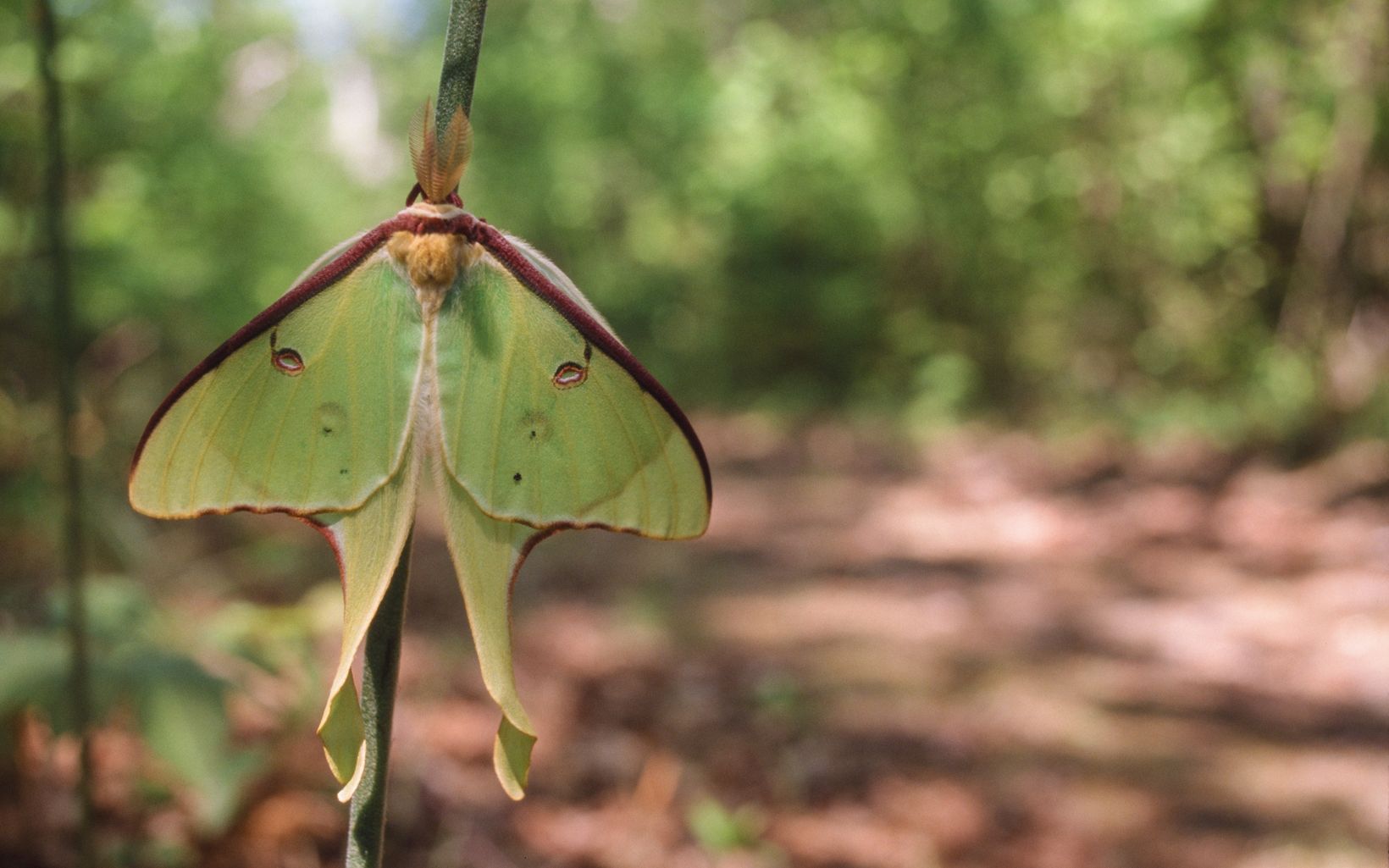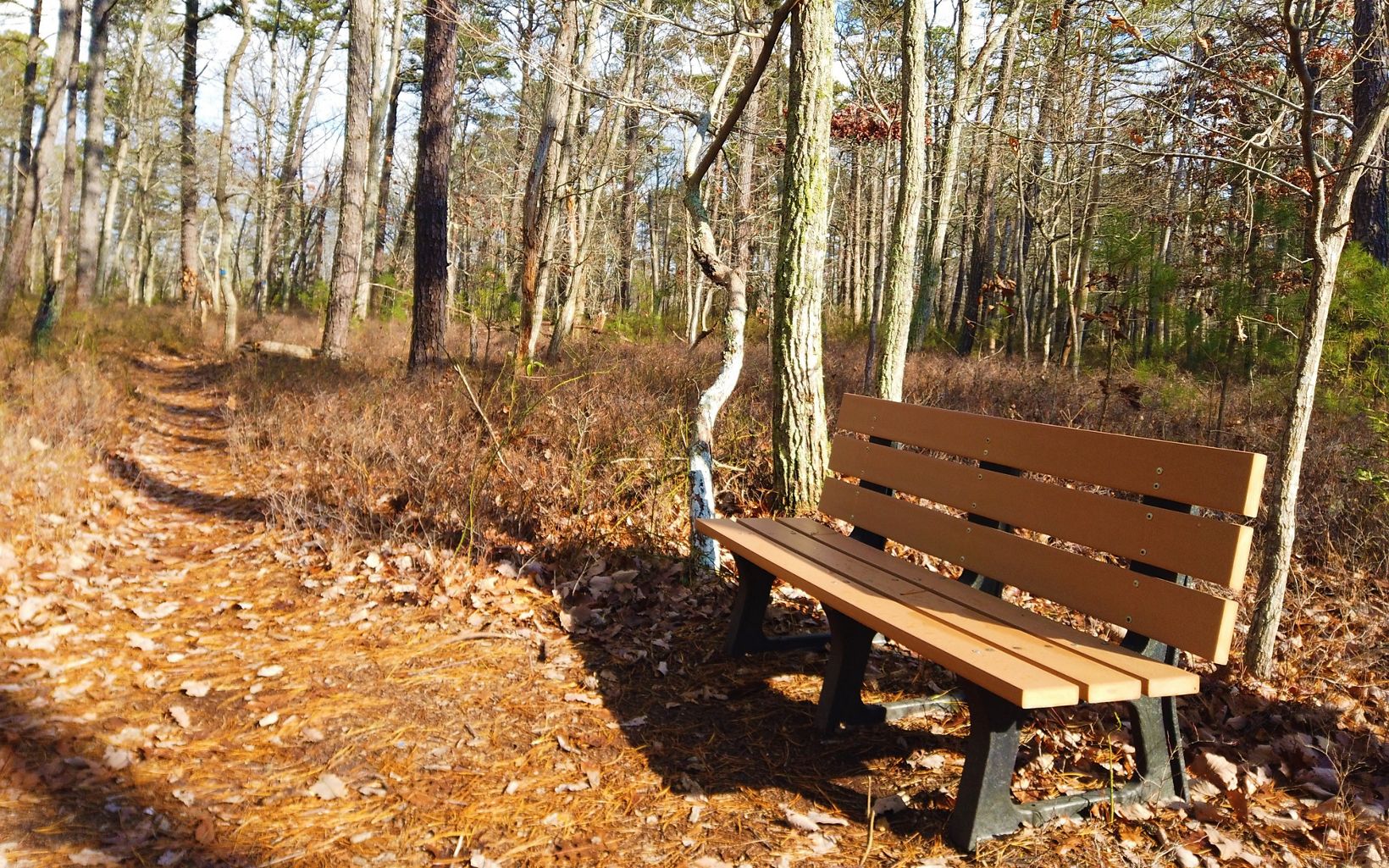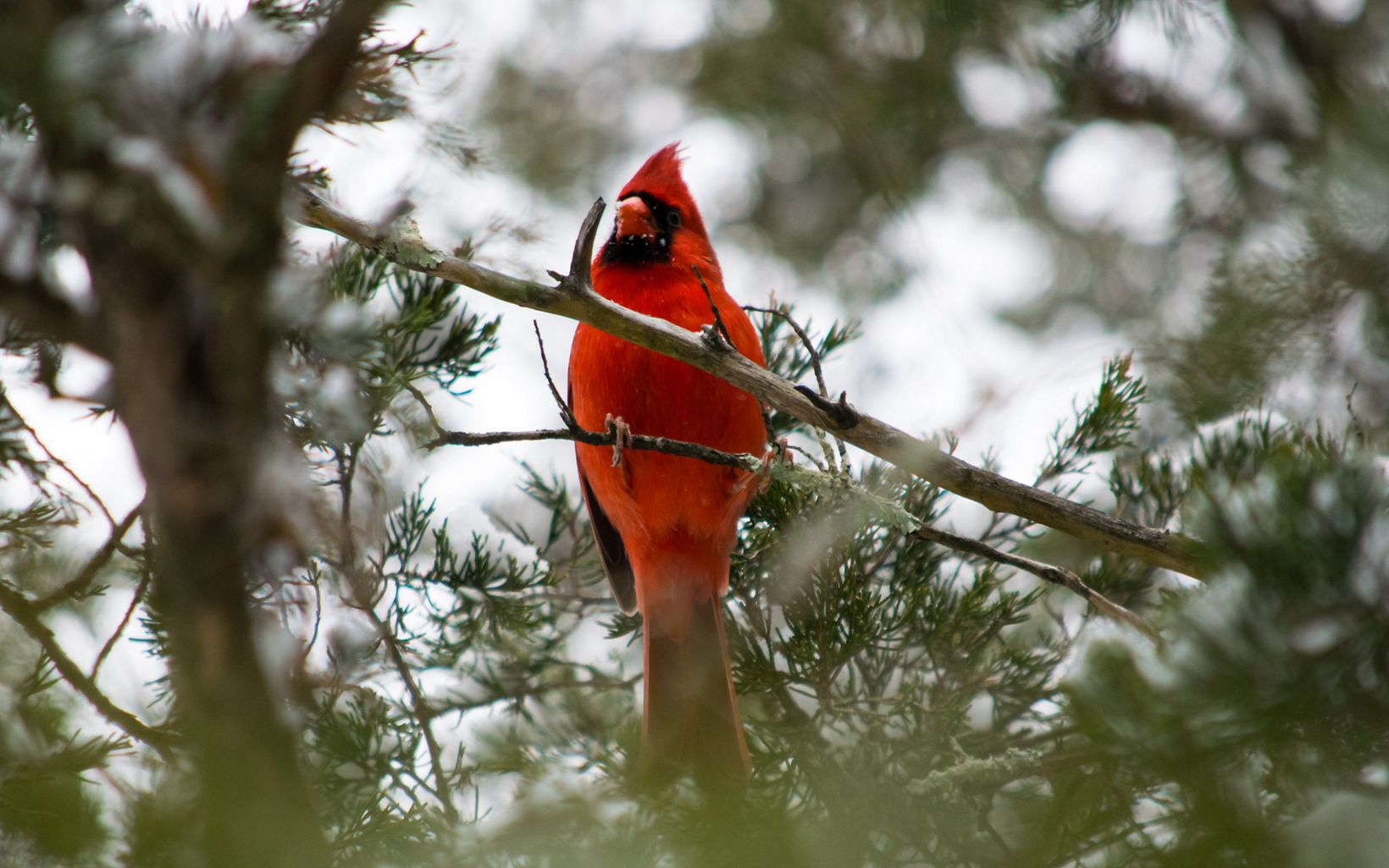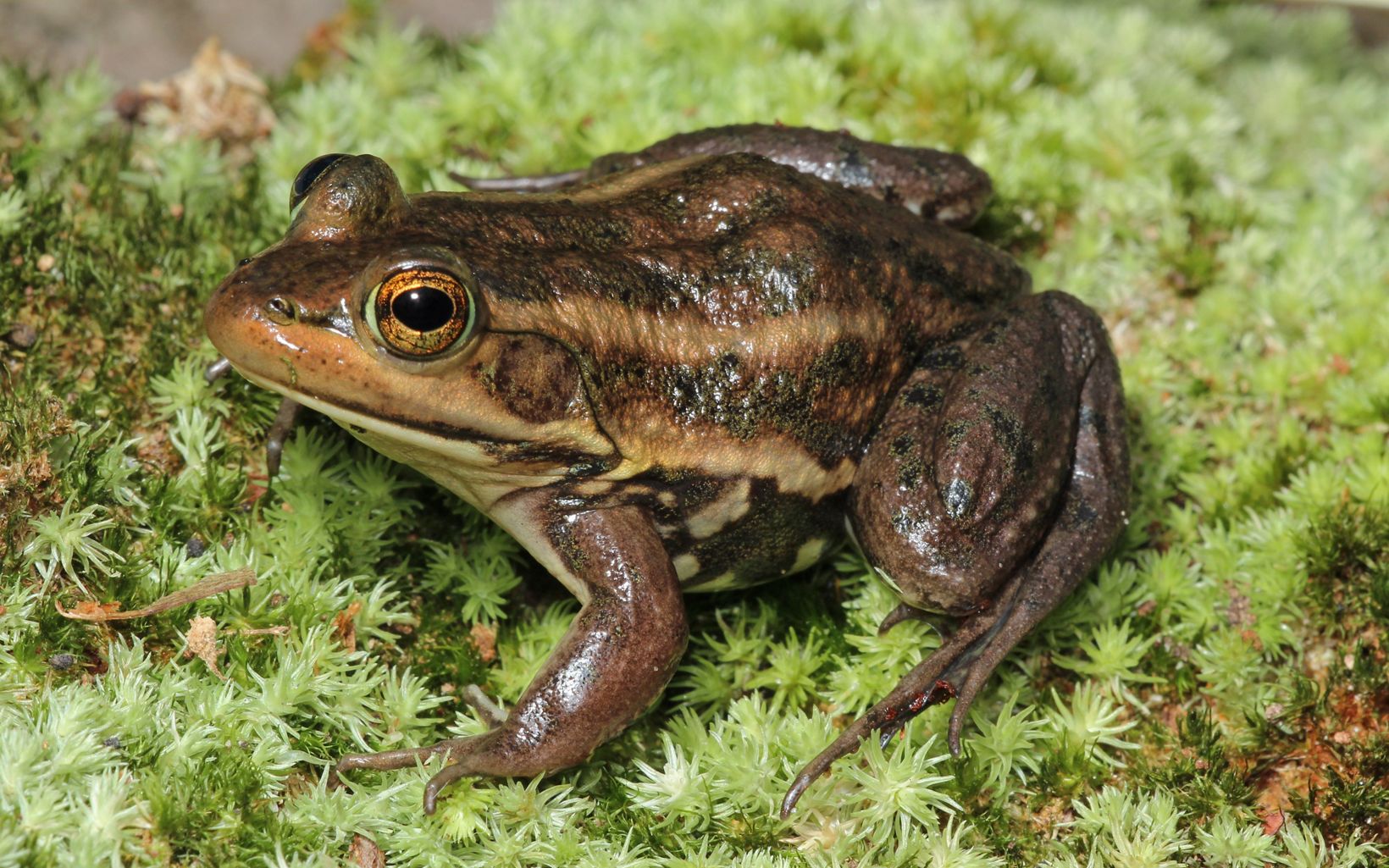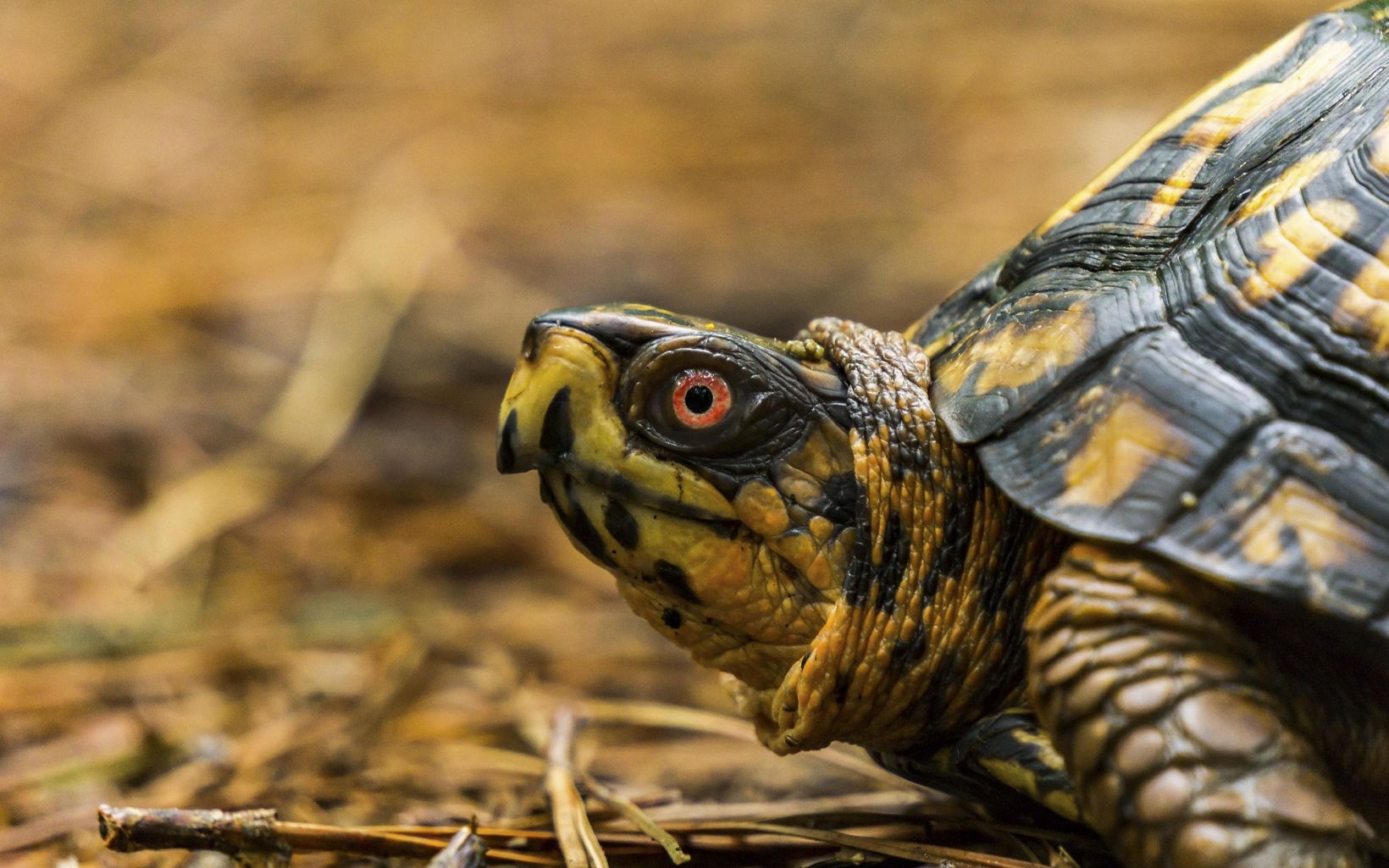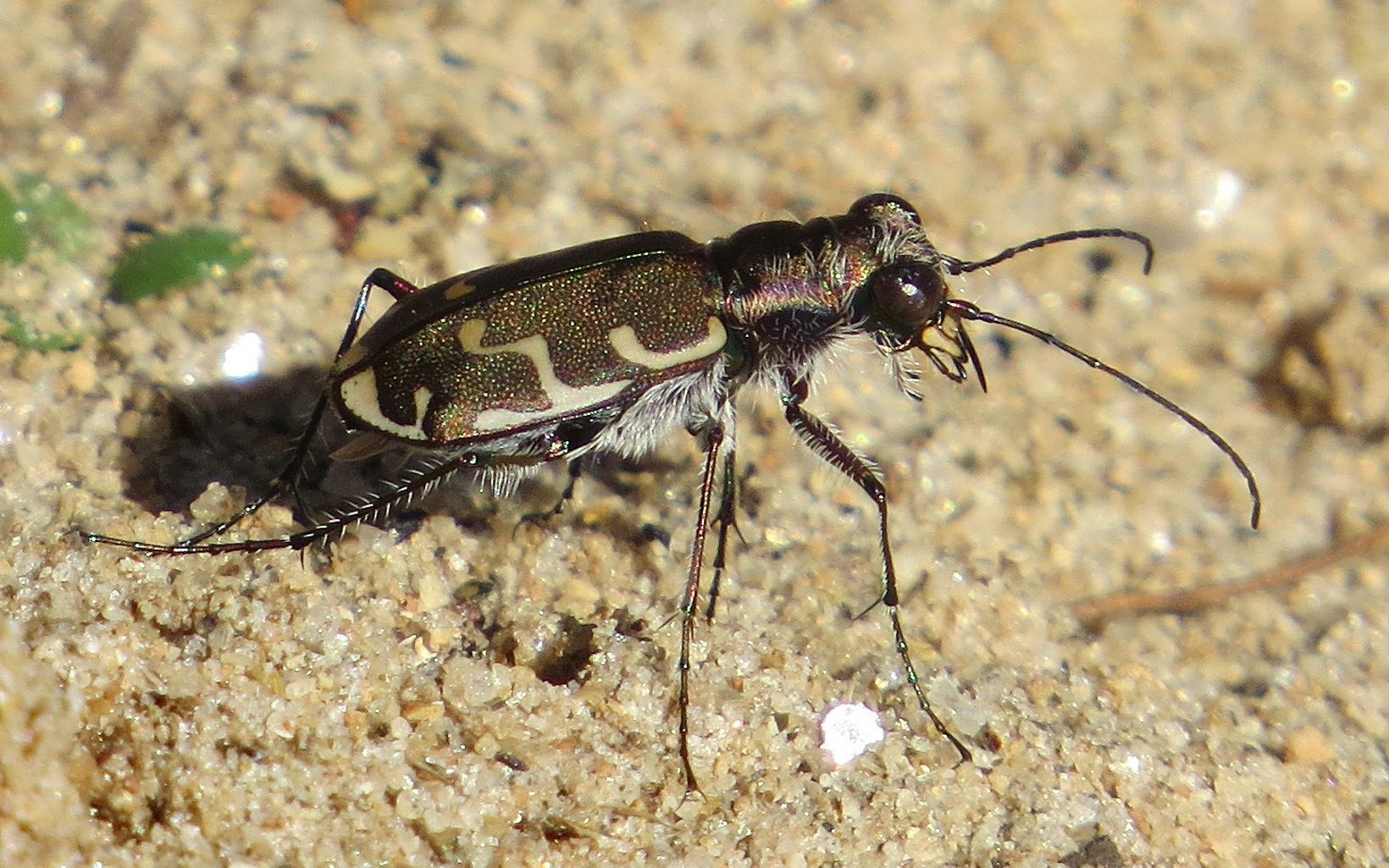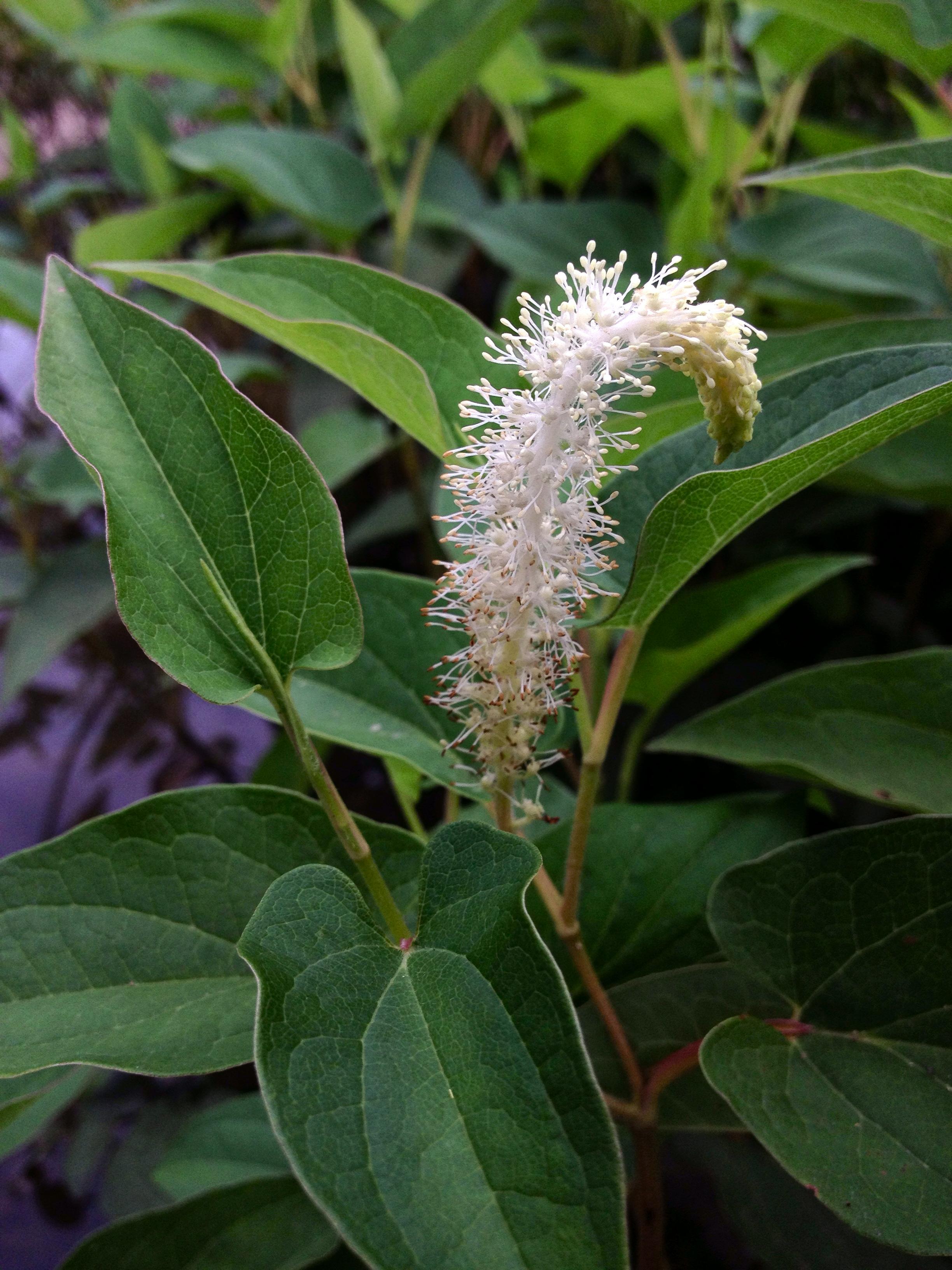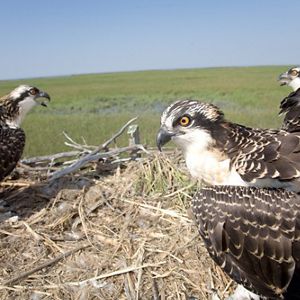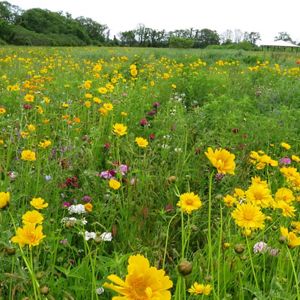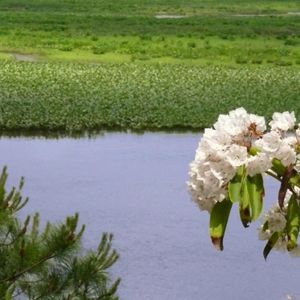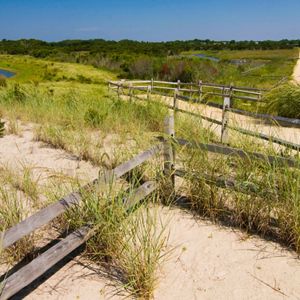Description
Situated in the outer coastal plain on the Cape May Peninsula and within the richly diverse Cape May Forest, Lizard Tail Swamp Nature Preserve is home to a lush and diverse habitat. The nature preserve protects a globally rare Cape May lowland swamp community located at the headwaters of Bidwell Creek. Bidwell Creek, which flows into the Delaware Bay, provides sediment to surrounding beaches and salt marsh that birds like the red knot depend on for stopover habitat during migration.
The Nature Conservancy has developed a trail system on the nature preserve funded through a grant received from the Federal Highway Administration and the New Jersey Department of Environmental Protection. The three-mile trail system allows for visitor access while avoiding sensitive ecological areas. Visitors can enjoy the amenities situated within the trails, such as an information kiosk, picnic tables, benches, and footbridges.
TNC protected lands like the Lizard Tail Swamp provide critical lands and waters for some of New Jersey's most endangered species.
